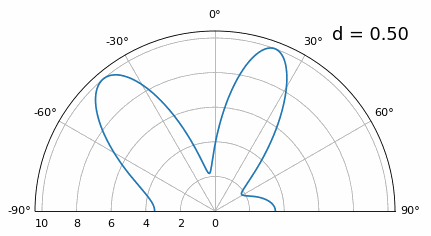If you weren't already aware, KrakenSDR is our 5-channel coherent radio based on RTL-SDRs, and it can be used for applications like radio direction finding. KrakenSDR is in stock and can be purchased from CrowdSupply or Mouser. More information is also available on our website at krakenrf.com.
Last month we used the KrakenSDR to find the location of a low power FM transmitter. Now in this video we're using KrakenSDR to find the location of GSM base station transmit towers for four frequencies. We're also using the multi-vfo feature to capture the bearing data of these four frequencies simultaneously which can save us some search time.
Once we've found the first transmit tower, we already have some logged bearing data that can be used to help us find the second tower faster. Then the third and fourth towers are even faster to find due to even more data having already been collected.
Interestingly, it also turns out that the first frequency we search for is actually being used by another tower that we pass along the way back. The location of this tower was picked up on the drive back to the first tower. It's possible that these two towers which are a few kilometers apart are covering different areas with directional antennas.
Also note that the first two transmitter searches use the "auto-zoom" map camera feature, which will automatically zoom the screen to show both the vehicle and estimated transmitter location. The second half uses the standard free camera mode.
This is on a new build of the App which is currently in testing, so some things may look slightly different to the currently released version. The new app version will have some minor feature improvements.

